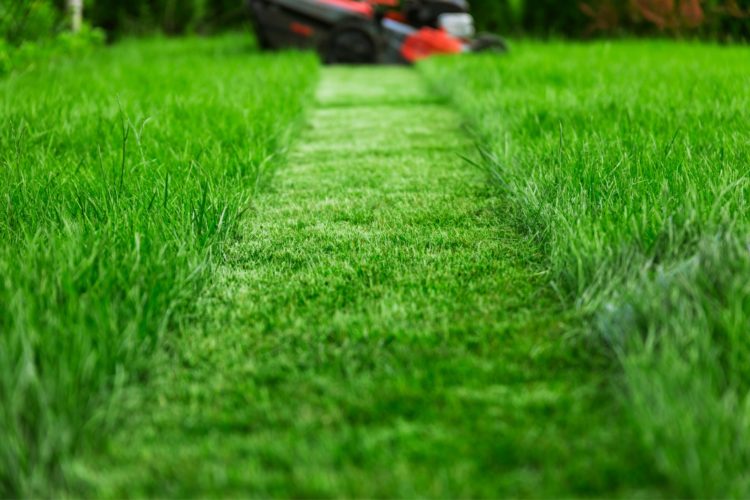Over recent years, the huge growth in the use of plastic grass and plants has contributed heavily to the loss of biodiversity. Wildlife populations have dropped by more than two thirds (69%) in the last 50 years, with numbers of mammals, birds, fish, amphibians, reptiles and insects plummeting in countries across the globe. Amongst these, the UK ranks as one of the most nature-depleted countries in Europe. Loss of natural habitats caused by the decline in the quality of our gardens and green spaces is one of the main reasons for this rapid depletion.
One in 10 households in the UK have replaced their garden’s natural lawn with artificial grass, which has had devastating effects on both the environment and biodiversity. Not only do these heavily contribute to habitat, loss, they also cause plastic pollution, destroy living soil, leak microplastics into waterways, cause flooding, contribute to urban heat islands due to the amount of heat they retain, and contribute to greenhouse gas emissions in their production.
Because of this EP are vocally supporting the “Say NO to Plastic Grass & Plants” campaign by the Society of Garden Designers (SGD), who are campaigning to raise awareness of the extreme environmental damage caused by plastic grass and plants and to encourage the landscape and design industry, as well as the public, to say ‘no’ to using it.
There are numerous alternatives to plastic grass and plants, all of which are better for the natural environment and contribute to biodiversity net gain:
Traditional Lawns
- Grass lawns are sustainable, environmentally friendly and safe for animals and children to play on. They also have a natural resistance to drought and will recover as soon as it rains!
Low-Mow Lawns
- Tapestry lawns combine low-growing flowering plants that are low in maintenance and high in ornamental value. They also attract wildlife, absorb rainfall twice as fast as traditional turf lawn, require less mowing and don’t need feeding.
Drought-tolerant lawns
- Clover lawns are a great drought-tolerant alternative to traditional lawns which don’t require mowing or watering and will stay green all year round. They can also be trodden on without causing damage, will attract pollinators and wildlife and because clover is a legume, will take nitrogen out of the air and provide a natural boost of fertiliser.
Lawns for Play
- Natural lawns, which can be looked after in the autumn and re-seeded as necessary are still one of the best options for play. They also provide a non-toxic surface that is great for ball games!
At EP, we will never include any plastic plants or grass into our planning schemes or designs. Our work is built around our values, and we seek to conserve and protect the natural environment and finite resources of the planet and reflect this in the way we advise our clients, design schemes and select our partners. We offer a comprehensive range of ecology and landscape services to both public and private sector clients to enable them to design developments and other schemes that are sensitive to the needs of wildlife, landscape and habitats.
You can contact us to find out more about the work that we do and the services we offer, and you can also stay up to date with us on LinkedIn.

